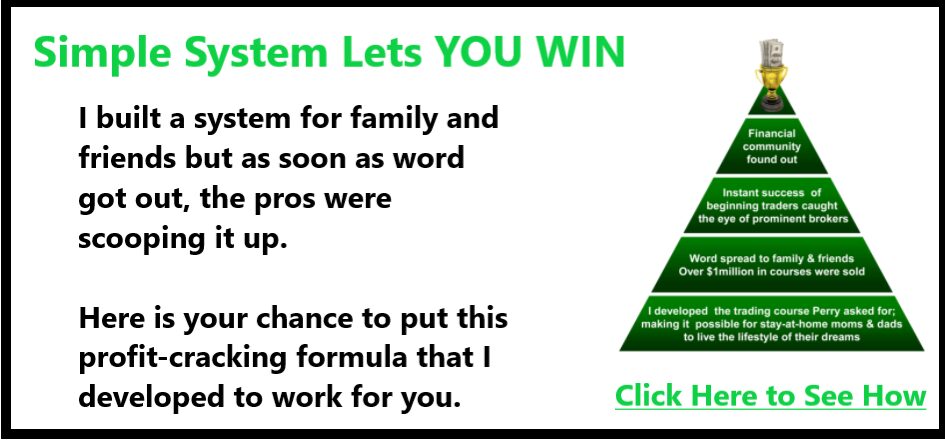by Kathy Lien
The FX market holds advantages over not only the equity market, but also the futures market. Many futures traders have added currency spot trading to their portfolios. After recapping the key spot foreign exchange attributes, we compare the futures attributes.
FX Market Key Attributes
- It is the largest market in the world and has growing liquidity.
- There is 24-hour around-the-clock trading.
- Traders can profit in both bull and bear markets.
- Short selling is permitted without an up-tick, and there are no trading curbs.
- Instant executable trading platform minimizes slippage and errors.
- Even though higher leverage increases risk, many traders see trading the FX market as getting more bang for the buck.
Futures Attributes
- Market liquidity is limited, depending on the month of the contract traded.
- The presence of exchange fees results in more costs and commissions.
- Market hours for futures trading are much shorter than for spot FX and are dependent on the product traded; each product may have different opening and closing hours, and there is limited after-hours trading.
- Futures leverage is higher than leverage for equities, but still only a fraction of the leverage offered in FX.
- There tend to be prolonged bear markets.
- Pit trading structure increases error and slippage.
Like they can in the equities market, traders can implement in the FX markets the same strategies that they use in analyzing futures markets. Most futures traders are technical traders. The FX market is perfect for technical analysis. In fact, it is the most commonly used analysis tool by professional traders. Let’s take a closer look at how the futures market stacks up against the FX market.
Comparing Market Hours and Liquidity
The volume traded in the FX market is estimated to be more than five time that of the futures market. The FX market is open for trading 24 hours a day. The futures market has confusing market hours that vary based on the product traded. For example, trading gold futures is open only between 7:20AM and 1:30PM on the New York Commodities Exchange (COMEX), whereas if you trade crude oil futures on the New York Mercantile Exchange, trading is open only between 8:30AM and 2:10PM. These varying hours not only create confusion, but also make it difficult to act on breakthrough announcements throughout the remainder of the day.

In addition, if you have a full time job during the day and can trade only after hours, futures would be a very inconvenient market product for you to trade. You would basically be placing orders based on past prices and not current market prices. This lack of transparency makes trading very cumbersome. With the FX market, if you choose to trade after hours through the right market makers, you can be assured that you would receive the same liquidity and spread as at any other time of the day. Each time zone has its own unique news and developments that could move specific currency pairs.
Low to Zero Transaction Costs
In the futures market, traders must pay a spread and/or a commission. With futures brokers, average commissions can run close to $160 per trade on positions of $100,000 or greater. The over-the-counter structure of the FX market eliminates exchange and clearing fees, which in turn lowers transaction costs. Costs are further reduced by the efficiencies created by a purely electronic marketplace that allows clients to deal directly with the market maker, eliminating both ticket costs and middlemen. Because the currency market offers around-the-clock liquidity, traders receive tight, competitive spreads both intraday and at night. Futures traders are more vulnerable to liquidity risk and typically receive wider dealing spreads, especially during after-hours trading.
Low to zero transaction costs make online FX trading the best market to trade for short-term traders. If you are an active futures trader who typically places 20 trades a day, at $100 commission per trade, you would have to pay $2,000 in daily transaction costs. A typical futures trade involves a broker, a Futures Commission Merchant (FCM) order desk, a clerk on the exchange floor, a runner, and a pit trader. All of these parties need to be paid, and their payment comes in the form of commission and clearing fees, whereas the electronic nature of the FX market minimizes these costs.
No Limit Up or Down Rules/Profit in Both Bull and Bear Markets
There is no limit down or limit up rule in the FX market, unlike the tight restriction on the futures market. For example, on the S&P 500 Index futures, if the contract value falls more than 5 percent from the previous day’s close, limit down rules will come into effect whereby on a 5 percent move the index is allowed to trade only at or above this level for the next 10 minutes. For a 20 percent decline, trading would be completely halted. Due to the decentralized nature of the FX market, there are no exchange-enforced restrictions on daily activity. In effect, this eliminates missed profits due to archaic exchange regulations.
Execution Quality and Speed/Low Error Rates
The futures market is also know for inconsistent execution in terms of both pricing and execution time. Every futures trader has at some point in time, experienced a half hour or so wait for the market order to be filled, only to then be executed at a price that may be far away from where the market was trading when the initial order was placed. Even with electronic trading and limited guarantees of execution speed, the prices for fills on market order are far from certain. The reason for this inefficiency is the number of steps that are involved in placing a futures trade. It is typically a seven-step process.
An FX trade, in comparison, is typically only a three-step process. The elimination of the additional parties involved in a futures trade increases the speed of the FX trade execution and decreases errors.
In addition, the futures market typically operates under a “next best order” system, under which traders frequently do not get executed at the initial market order price, but rather at the next best price available.
On most FX trading stations, traders execute directly off of real-time streaming prices. Barring any unforeseen circumstances, there is generally no discrepancy between the displayed price and the execution price. This holds true even during volatile times and fast-moving markets. In the futures market, in contrast, execution is uncertain because all orders must be done on the exchange, creating a situation where liquidity is limited by the number of participants, which in turn limits quantities that can be traded at a given price. Real-time streaming prices ensure that FX market orders, stops, and limits are executed with minimal slippage and no partial fills.











Recent Comments